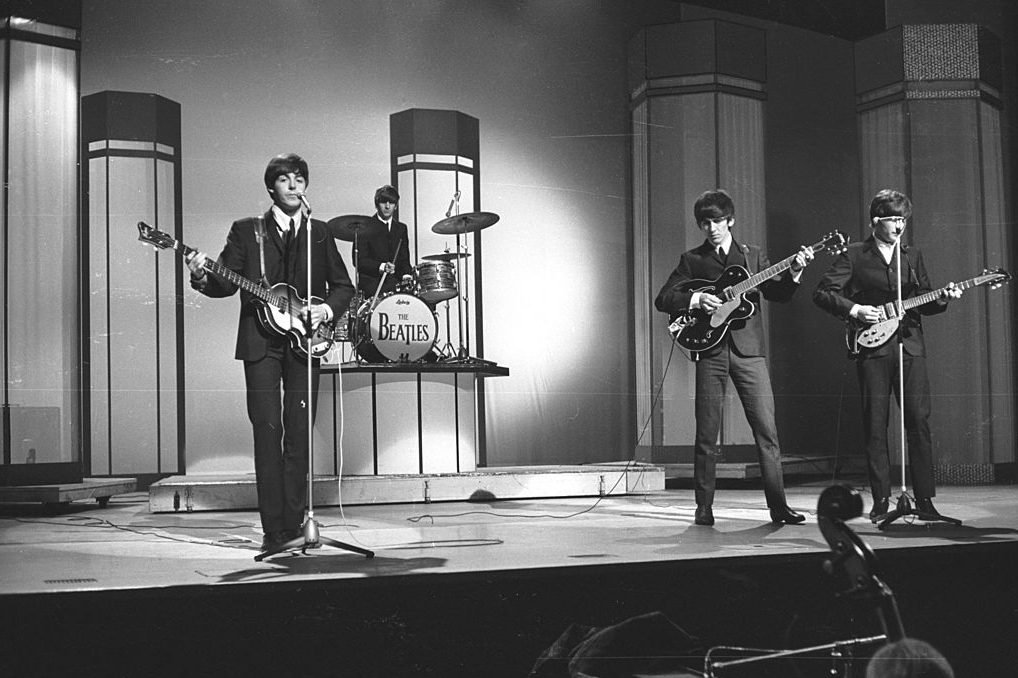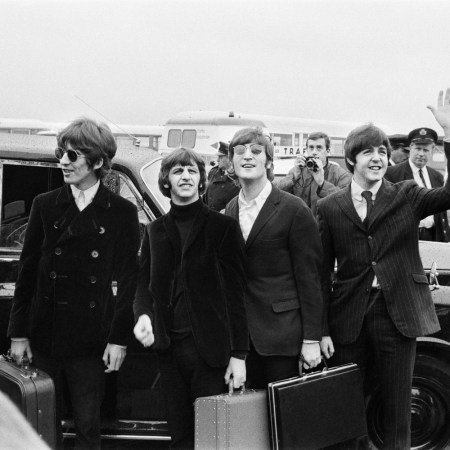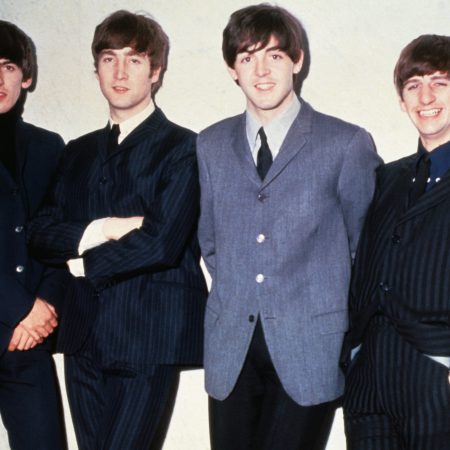Consider the humble fuzz pedal. Guitarists making music in a host of styles have found it invaluable, whether it’s the sprawling and fiery work of Mdou Moctar or the ominous and apocalyptic sounds made by Sunn 0))). You wouldn’t necessarily think of either artist as being a direct musical descendent of the Fab Four — but it turns out that musical lineages can operate in unexpected ways.
In a new article for Far Out, Mick McStarkey makes the case for the Beatles’ lasting influence in some categories you might not have expected. McStarkey directs readers to the George Harrison-penned “Think For Yourself,” recorded in 1965 and destined for Rubber Soul.
What’s key here for McStarkey’s argument was Paul McCartney’s choice to use a fuzz pedal. “The track features two bass parts, one clean and one played through the fuzz pedal,” McStarkey writes.
As Harrison observed when looking back on the session, a decision by a recording engineer made a huge difference in the final product. “When Phil Spector was making ‘Zip-A-Dee-Doo-Dah’, the engineer who’s set up the track overloaded the microphone on the guitar player and it became very distorted,” he said.
As the article points out, this was the first instance of a band recording using a fuzz pedal rather than achieving a similar effect with the amplifier. The Beatles liked how it sounded and ran with it — and, as McStarkey observed, that was just the beginning of their experiments with sound.
Thanks for reading InsideHook. Sign up for our daily newsletter and be in the know.


















